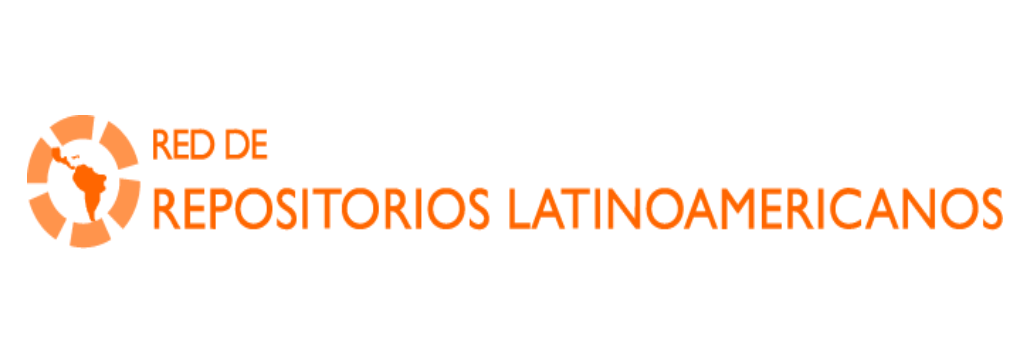Huella hídricaverdeyazulde la producciónde cañadeazúcarorgánicaen lazona centrodelValle delCauca
Greenandbluewaterfootprintof organic sugarcaneproductionin the centralareaofCaucaValley
Artículo de revista
2022-05-26
Ingeniería Y Competitividad
Cali, Colombia
The estimation of the green and blue water footprint in the production of organic sugarcane (Saccharum officinarum)wasobtainedforaplantingareaof621.5hectaresintheAmaimeriverbasininValledelCauca,Colombia.Thestudyrepresents the first approximation in the quantification of the theoretical amount of water required by growers toproduce sugarcane under organic planting conditions, based on the methodological guidelines proposed in the WaterFootprintEvaluationManualoftheauthorsArjenandHoekstraetal,(2011), andthecomputerprogramCROPWAT8.0 of the Food and Agriculture Organization of the United Nations (FAO). The results for the green water footprintyielded an indicator of 117.07 m3/t, and 37.44 m3/t for the blue water footprint, for a total water footprint of 154.51m3/t. The obtained data were analyzed comparatively with results from the literature about the traditional cultivationof sugarcane in Colombia, and international references for the same crop, so that the cultivation of organic sugarcanecould present competitive advantages in environmental terms, associated with the use of water resources and contextconditions. Moreover, it is necessary to deepen the analysis of the gray water footprint and analyses that involvecultural,social,scientific,economic,biophysical,and politicalaspectsthatleadtotheintegralityoftheindicator.



 PDF
PDF
 LEER EN FLIP
LEER EN FLIP













